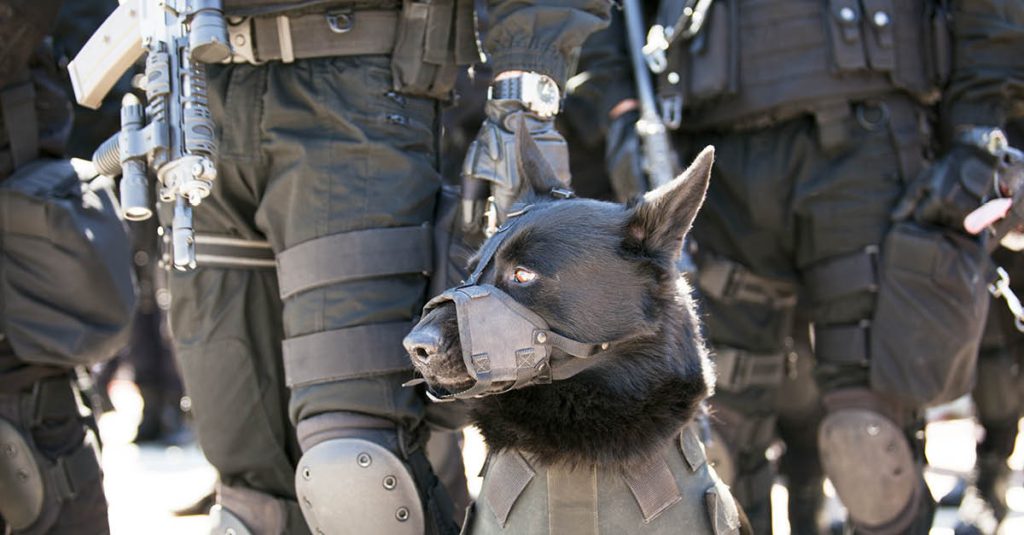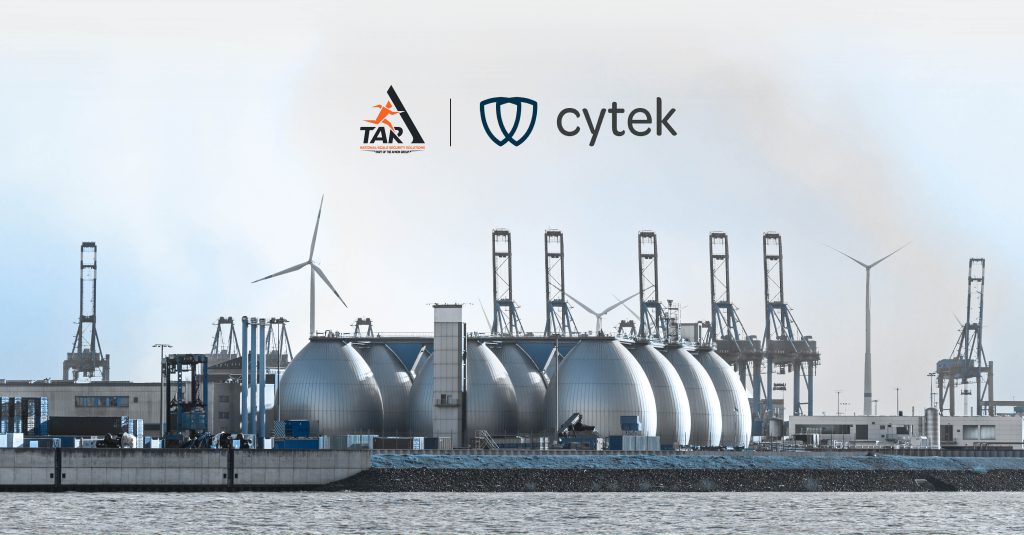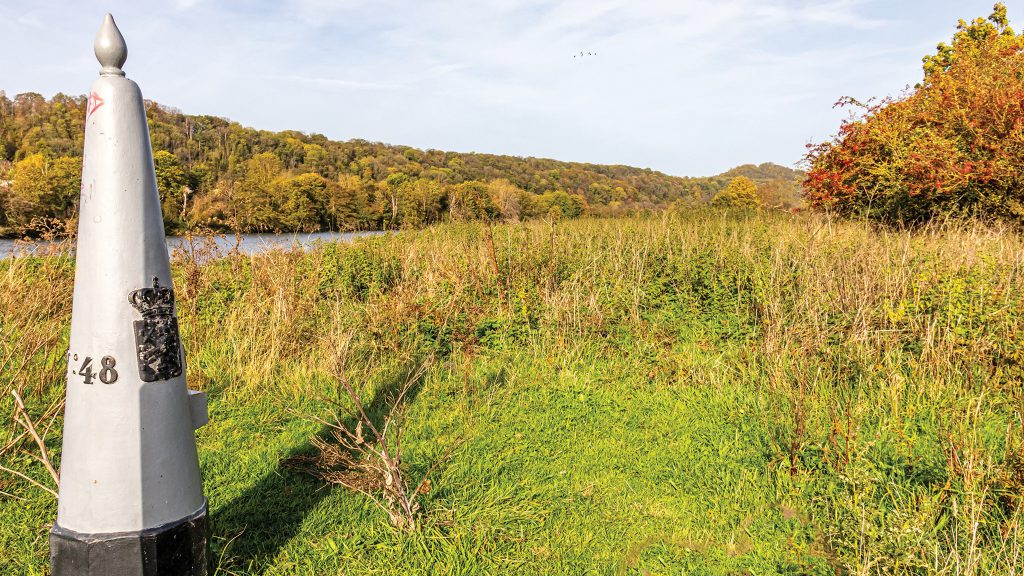By investing in comprehensive and customised K9 services, operational units can improve their ability to address complex and challenging situations while minimising risks to human life.
K9 units have long been integral to law enforcement agencies and military units, providing a valuable extension of their capabilities in complex and challenging environments. With minimal risk to human life, these highly trained working dogs demonstrate exceptional operational abilities. Establishing and modernising national-scale K9 units and divisions for HLS organisations, the military, law enforcement, and special units worldwide is crucial to enhancing security and operational capabilities.
“When working on end-to-end K9 projects, ensuring the effective operation of K9 units is essential. Experts work closely with clients to plan and design optimal training facilities and kennels that meet international quality standards, as well as operational and regulatory requirements”, explains Yaron Sitbon, VP of the land department at TAR Ideal (an Avnon Group company) and a former commander of the IDF’s Oketz independent K9 special forces unit.
“To maintain a highly effective K9 unit, a comprehensive and well-structured approach is essential. This begins with the careful selection of dogs by experts who understand the unique needs of such a unit, considering factors such as breed, temperament, and physical capabilities. Once suitable candidates have been identified, basic training is conducted by experienced trainers, with the support of a team of professional instructors and a master trainer, to ensure a strong foundation for the dogs’ future work. Creating a robust operator training system is equally important, allowing for seamless communication and cooperation between handlers and their canine partners”.
“To facilitate this, K9 facilities must be equipped to assimilate target scents and employ state-of-the-art scanning methods that help the dogs hone their skills. Moreover, dedicated logistics facilities are crucial in providing an optimal environment for the dogs. This includes quality kennels tailored to the specific breed and climate of the destination country and dedicated trailers for safe and comfortable transportation, ultimately leading to a K9 unit that is well-prepared, efficient, and ready for action”.
K9 units often consist of former police and military K9 officers, each with years of operational field experience. This ensures that every project is tailored to meet the client’s specific operational needs. K9 solutions include attack dogs, explosives detection dogs (EOD), tracking dogs, drug detection dogs, search and rescue dogs, and customised detection dogs.
Explosives Detection:
Handlers train Explosives detection dogs (EOD) to identify and alert them to the presence of explosive materials. They are deployed in various situations, including airports, public events, and areas where bomb threats have been made. Their keen sense of smell allows them to detect even the most negligible traces of explosive materials, helping to prevent potential attacks and save lives.
Drug Detection:
Similarly, trained drug detection dogs can identify and locate illegal drugs, such as narcotics and other controlled substances. Their highly sensitive noses can detect minuscule amounts of drugs hidden in luggage, vehicles, or on a person. These dogs play a vital role in combating drug trafficking and keeping communities safe from the dangers associated with drug abuse.
Search and Rescue:
Search and rescue dogs are trained to locate missing or lost individuals, whether lost in the wilderness, trapped under debris, or missing in urban environments. These dogs can cover vast areas more quickly and efficiently than human searchers, increasing the likelihood of finding missing persons and potentially saving lives.
Attack:
Dogs are trained and deployed for various purposes, including hostage situations, patrol duties, security tasks, and complex terrain operations. In hostage situations, attack dogs play a critical role in ensuring the safety of hostages by locating and subduing intruders. Patrol dogs are used for perimeter security and to detect unauthorized movements in restricted areas. Security dogs are deployed to provide security to important facilities, such as airports and embassies, and are trained to detect explosives and other dangerous materials. Attack dogs for complex terrain operations are trained to navigate challenging landscapes and terrains, such as forests and mountainous regions, to locate and apprehend intruders.
Tracking:
K9 units are often employed to track and apprehend suspects fleeing law enforcement. Tracking dogs use their keen sense of smell to follow the scent trail left by the suspect, leading officers to the suspect’s location.
K9 units have repeatedly demonstrated their immense value in crisis management situations. During the aftermath of the September 11 attacks in 2001, search and rescue dogs played a critical role in locating survivors and recovering victims from the rubble at Ground Zero. Over 300 search and rescue dogs worked tirelessly alongside human responders, navigating dangerous conditions to find anyone trapped in the wreckage. These dogs provided a sense of hope and comfort to survivors and first responders during one of the darkest moments in American history.
When a youth soccer team became trapped in a flooded cave in Thailand in 2018, K9 units were called upon to assist in the rescue operation. While the dogs could not enter the cave, they searched the surrounding areas for alternate entrances and exits to the cave system.
K9 units have also been instrumental in various explosives and drug detection situations, showcasing their exceptional capabilities in detecting hidden dangers.
After the tragic Boston Marathon bombing, law enforcement agencies deployed explosives detection K9 units to search the surrounding areas for additional explosives or potential threats. Their diligent work helped ensure the safety of first responders, medical personnel, and the public as they assisted in securing the scene and preventing further harm.
In 2021, a narcotics detection dog named Bico uncovered 44 pounds of cocaine concealed in a cereal box en route from Peru to Hong Kong. Working alongside Customs and Border Control officers in Cincinnati, Bico identified the frosted cornflakes coated in a grey substance; at the same time, the cereal was made of white powder, both of which tested positive for cocaine. The confiscated drugs had an estimated street value of up to $2,822,400.
Building and managing a successful K9 unit requires several key components. Choosing the right dogs for the unit is the first step, ensuring they have the right temperament, skills, and physical abilities. Once the dogs have been chosen, comprehensive training programs must be implemented for both the dogs and their handlers. Additionally, dedicated indoor and outdoor training facilities should be established to ensure the unit’s continued success. These facilities should be equipped with the necessary technologies and equipment to support the training and maintenance of the dogs and their handlers.
Training typically includes intensive obedience training, scent detection, and physical fitness to prepare the dogs for their specific roles Specialised training programs pass proper techniques and best practices to new handlers. Through specialised training programs. Advanced courses are also available for instructors who wish to train dog handlers and ensure the competence of their units. K9 solutions include the establishment of K9 units, working closely with K9 experts, and providing kennels, trailers, and veterinary care.
K9 units play a vital role in enhancing public safety and security. Specialised training programs pass proper techniques and best practices to new handlers, making them indispensable assets to law enforcement agencies and military units worldwide. By investing in developing and maintaining K9 units, communities can benefit from their diverse capabilities, ensuring a safer environment for all.





